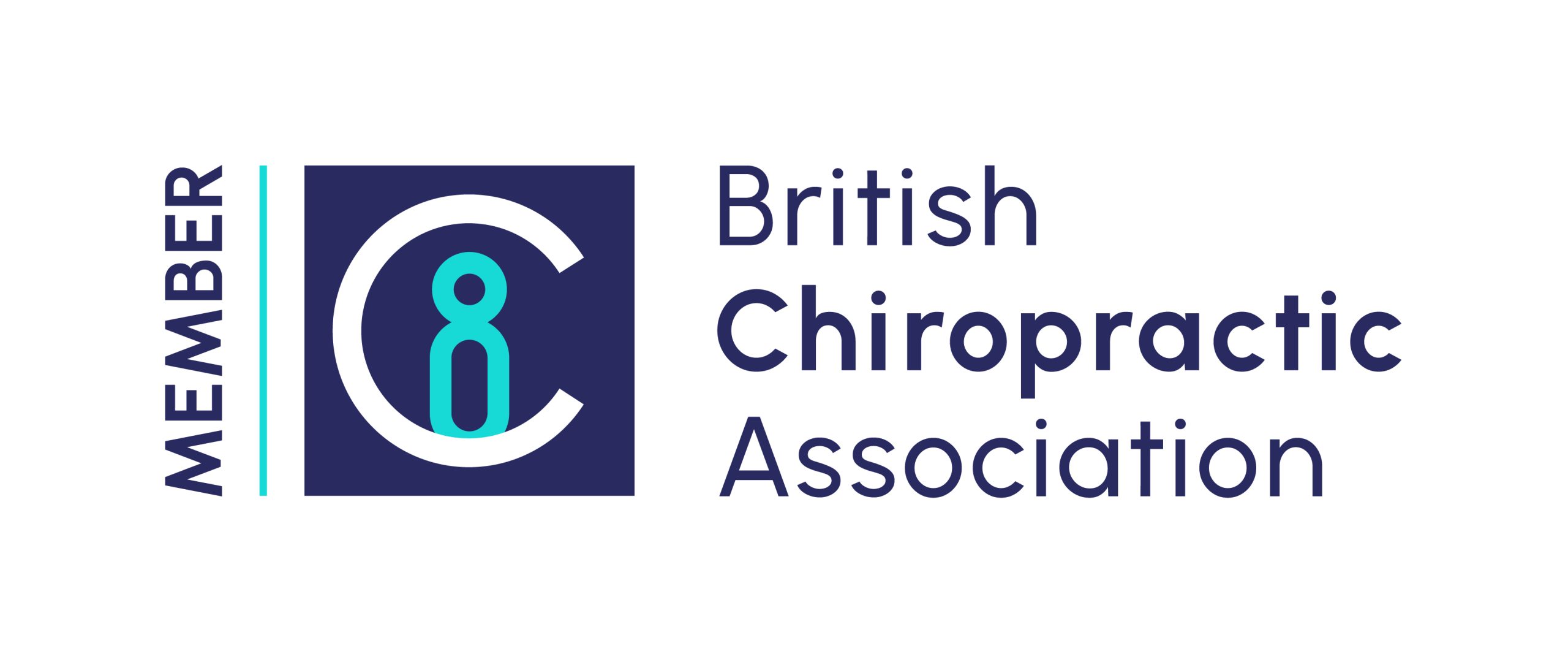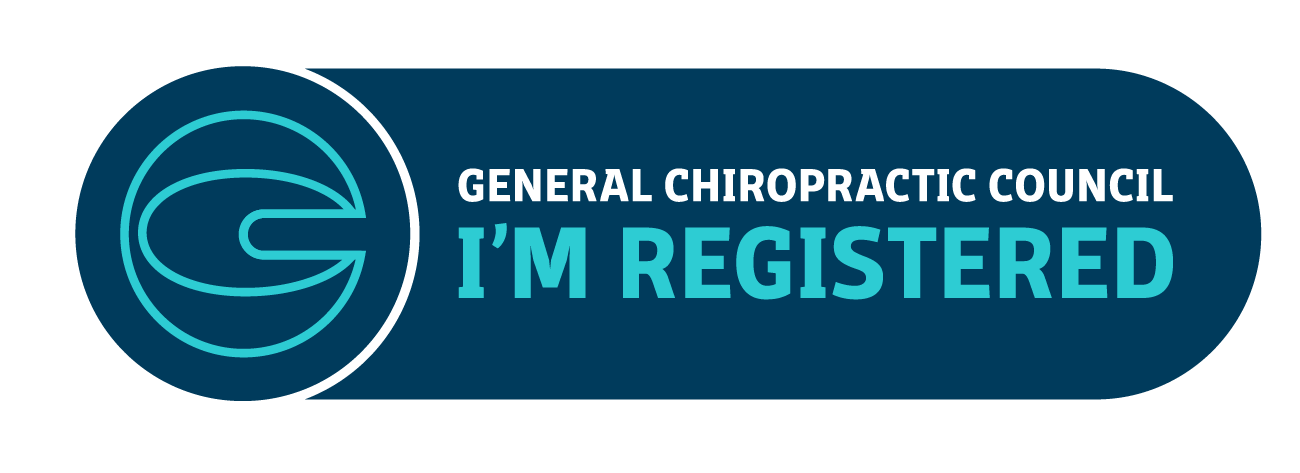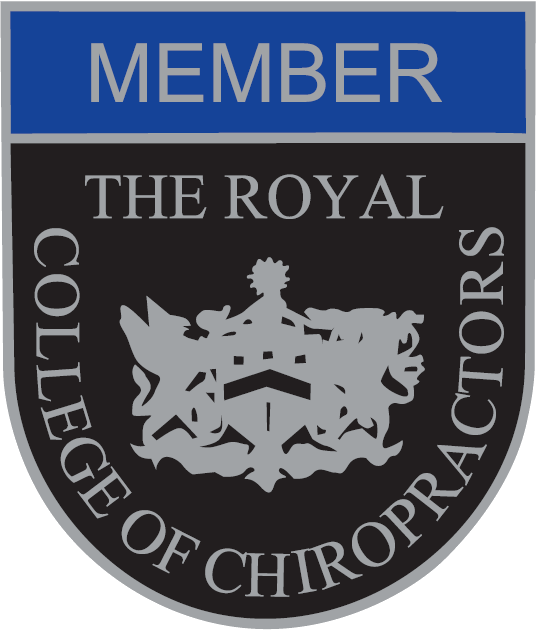 With migraines affecting one in seven people in the UK – around 8 million people in total, it is hardly surprising that migraine has been classified as the most common of all the neurological conditions and one which affects people of all ages, races and cultures.
With migraines affecting one in seven people in the UK – around 8 million people in total, it is hardly surprising that migraine has been classified as the most common of all the neurological conditions and one which affects people of all ages, races and cultures.
According to statistics published on the patient.co.uk website, the condition is more common in women than in men. Around 18% of women versus only 6% of men are migraine sufferers – although in children, the condition is more common among boys. More than 80% of people with migraine suffer their first attack before the age of 30, with many experiencing the problem for the first time, during childhood.
Although it is common for migraines to decrease in severity as the years go by, for many it is a relentless and debilitating problem that robs them of the ability to get on with normal life during a migraine episode.
There is no ‘cure’ for migraine, although it can be managed very effectively in some people as there are medications that can be taken as preventative treatments and others that are taken at the onset of an attack. However:
- Many people do not respond well to these medications, especially those suffering from other conditions such as myocardial disorders or asthma.
- Some people find that the prescribed medications cause unpleasant side effects.
- Others prefer to avoid taking medications altogether and seek out alternative therapies such as Chiropractic that have been shown to help in the prevention of migraine attacks
Studies That Show Chiropractic Can Help
A study on a number of Randomized Controlled Trials on the treatment of migraines found that Chiropractic is, indeed, helpful in the prevention of migraine. You can read the full report here (https://www.ncbi.nlm.nih.gov/pmc/articles/PMC3072494/). The study also looked at the effectiveness of massage therapy, physiotherapy and relaxation.
Why Is Chiropractic Effective For Migraine?
In the past, theories about the causes of migraine focused on the condition being a vascular or neurovascular problem. However, current thinking is that the trigeminal nerve and the pain sensitive vascular structures in the outermost membrane enveloping the brain and the spinal cord as well as the scalp and base of the skull are all involved in a migraine attack. Pain is caused by a complex of sensory neuron responses involving the cervical spine and muscles of the upper limbs; this results in the trigeminal pathway (that carries nerve impulses for the face and most of the head), becoming hypersensitive.
The gentle manipulations and adjustments in the cervical spine that a Chiropractor is trained to perform have been shown to be beneficial in reducing migraine attacks and there are a number of respected studies that explain the complex mechanisms involved that make it so.
Put simply, although the understanding of the development of migraine is a complex and still developing area, Chiropractic manipulation of the cervical spine can resolve many of the contributory factors including restoring mobility to the neck, relieving muscle tension in the neck, shoulders and upper back and the correction of postural problems. Chiropractic has been shown to be effective for patients who suffer from migraine headaches in relieving the frequency of attacks.









